How Today’s Ingredients Compare to Those Used in the Past
The things that go into our food have changed a lot in the last few decades. Because of technology and the desire for convenience, processed foods have become more popular. Most popular items now have more additives and artificial ingredients than they did in the past. What does this mean for our health? Let’s look at how modern food ingredients compare to those from the past.
Straight from easy to hard
In the 1960s, it was easier to understand what was in everyday foods like bread, cereal, and frozen dinners. Breakfast cereals had simple ingredients like corn and sugar, while bread usually only had flour, water, yeast, and salt. Today, these foods often have a lot of extra ingredients added to them. According to the Food Processing Technology Journal, modern bread might have up to 12 extra ingredients, such as high fructose corn syrup and artificial preservatives. A report from the USDA in 2023 says that breakfast cereals now have 35% more ingredients, and most of them are made with artificial colors and preservatives.
Things like frozen dinners and soups in a can have also changed. In the 1970s, a frozen meal might have only had meat, vegetables, and simple sauces. These meals today may have up to 40% more ingredients, such as artificial flavors and preservatives. The Journal of Food Science also says that canned soups have changed over time. In the 1950s, they had about eight ingredients, but now they can have up to fifteen. Nutritional Sciences Review shows that over the past few decades, the number of ingredients in foods has grown by 50%. Snacks like potato chips used to be made with only potatoes, oil, and salt, but now they also have artificial flavors and colors.
The Effects on Health and Making Better Decisions
That more processed foods are being sold is bad for our health. High fructose corn syrup and other ingredients are linked to a higher risk of metabolic syndrome. In fact, a study from 2023 found that people who ate this often had a 40% higher risk. Concerns about health have also been raised about additives like artificial colors and preservatives, which may have long-term effects like making kids hyperactive.
To find your way around today’s food scene, you might want to look at the labels to find simpler, more natural options. By cooking at home and choosing whole foods like fruits, vegetables, and lean proteins, you can stay on a healthier diet and avoid eating too many additives.
Almost every single thing in the grocery store has drastically changed over the past 25 years. A quick look at he label is all it takes.
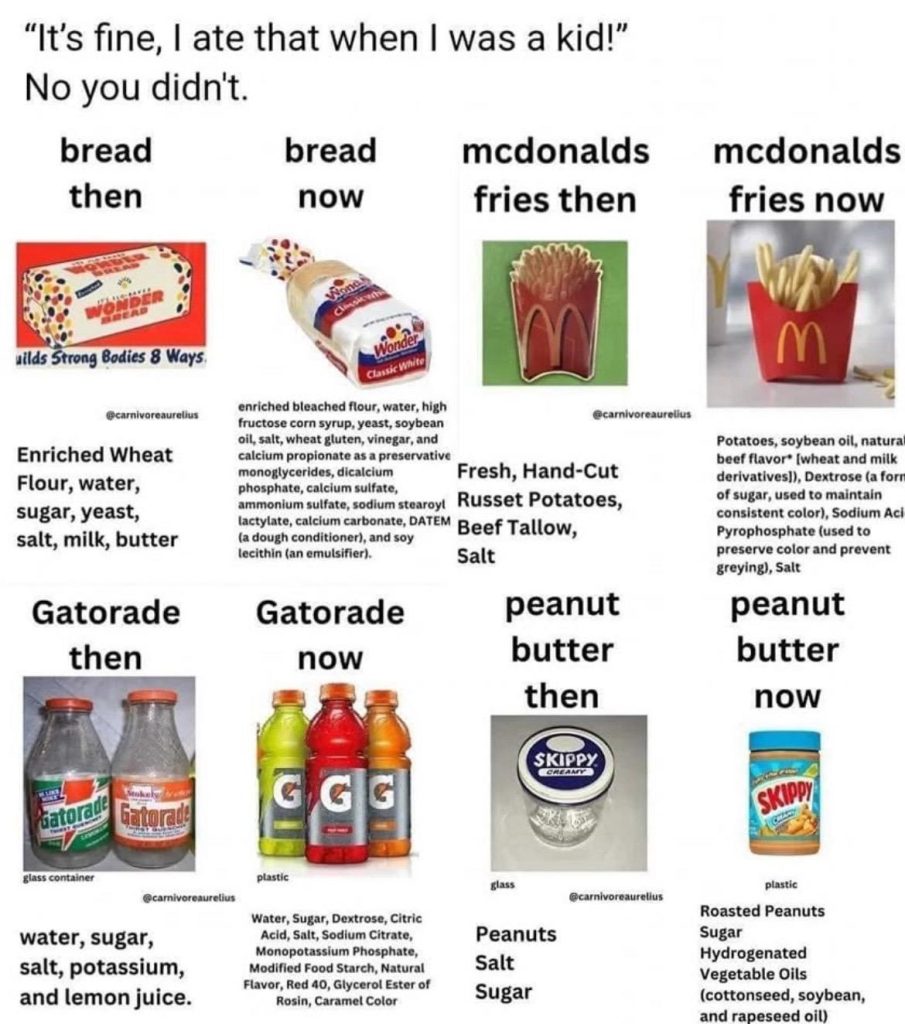
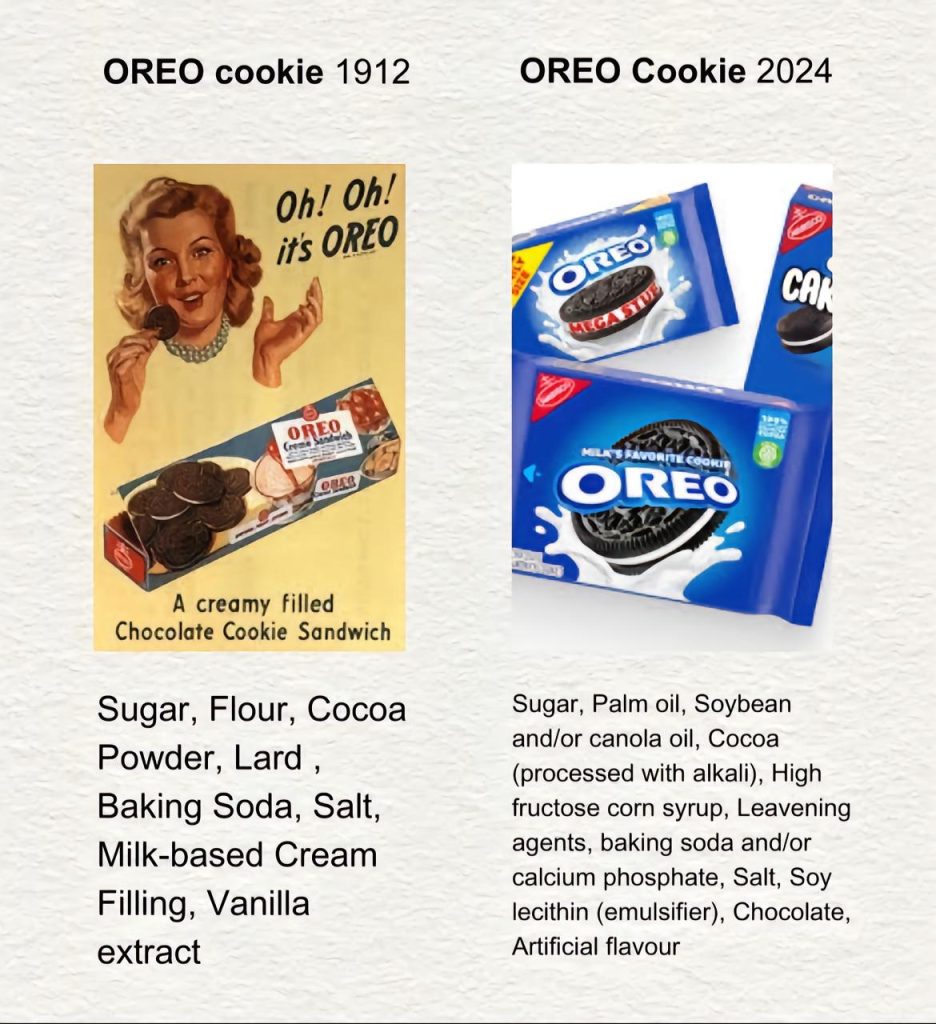
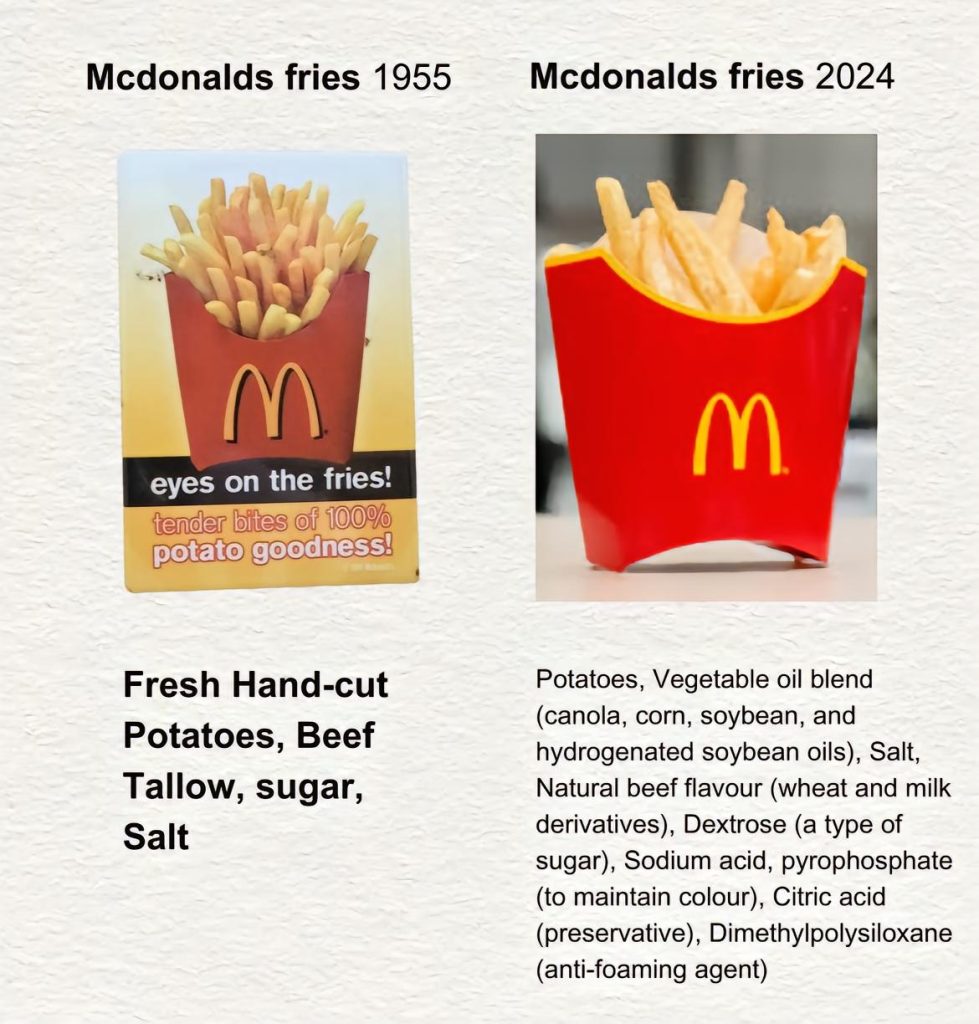
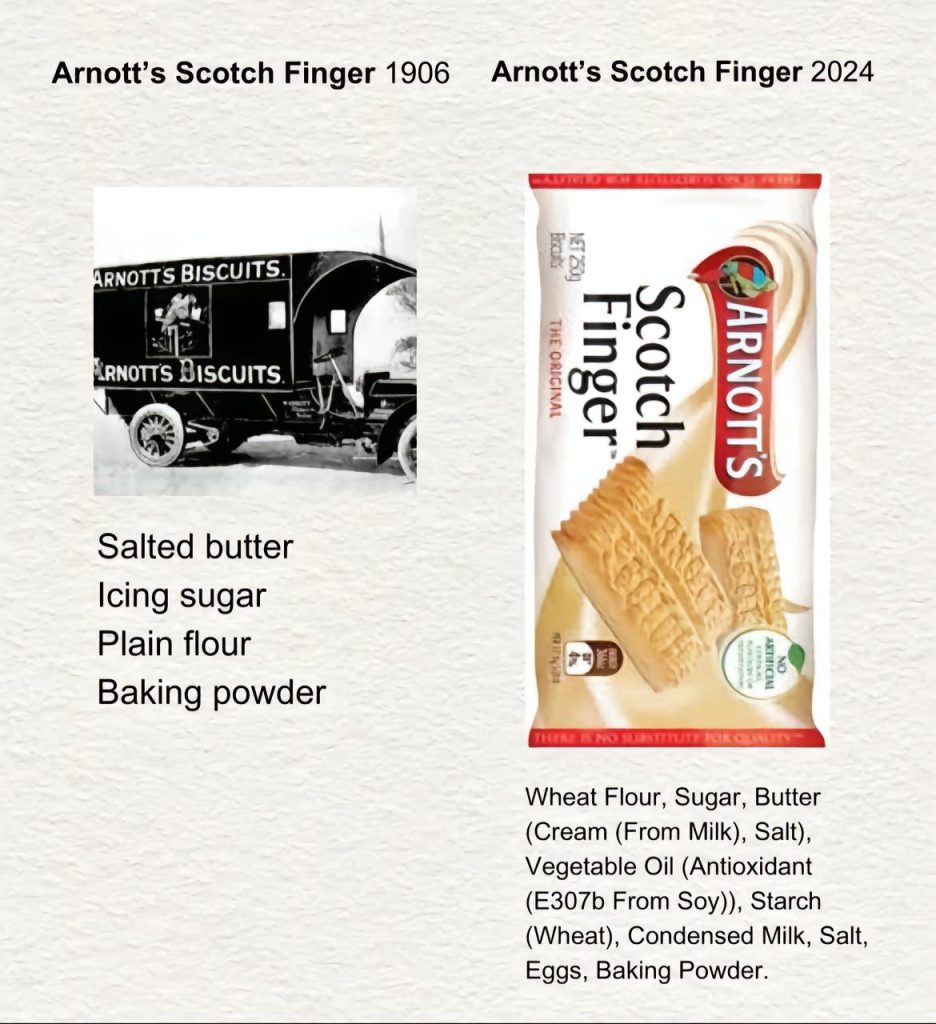
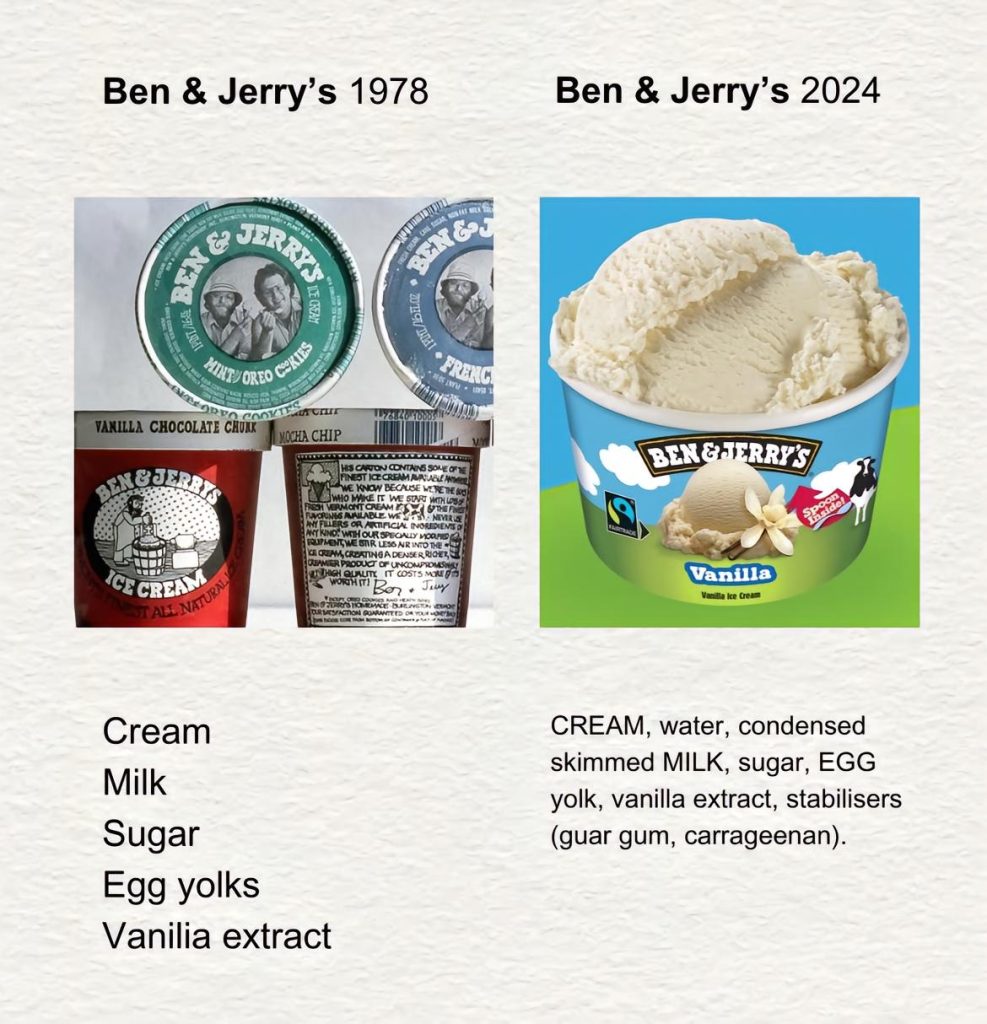
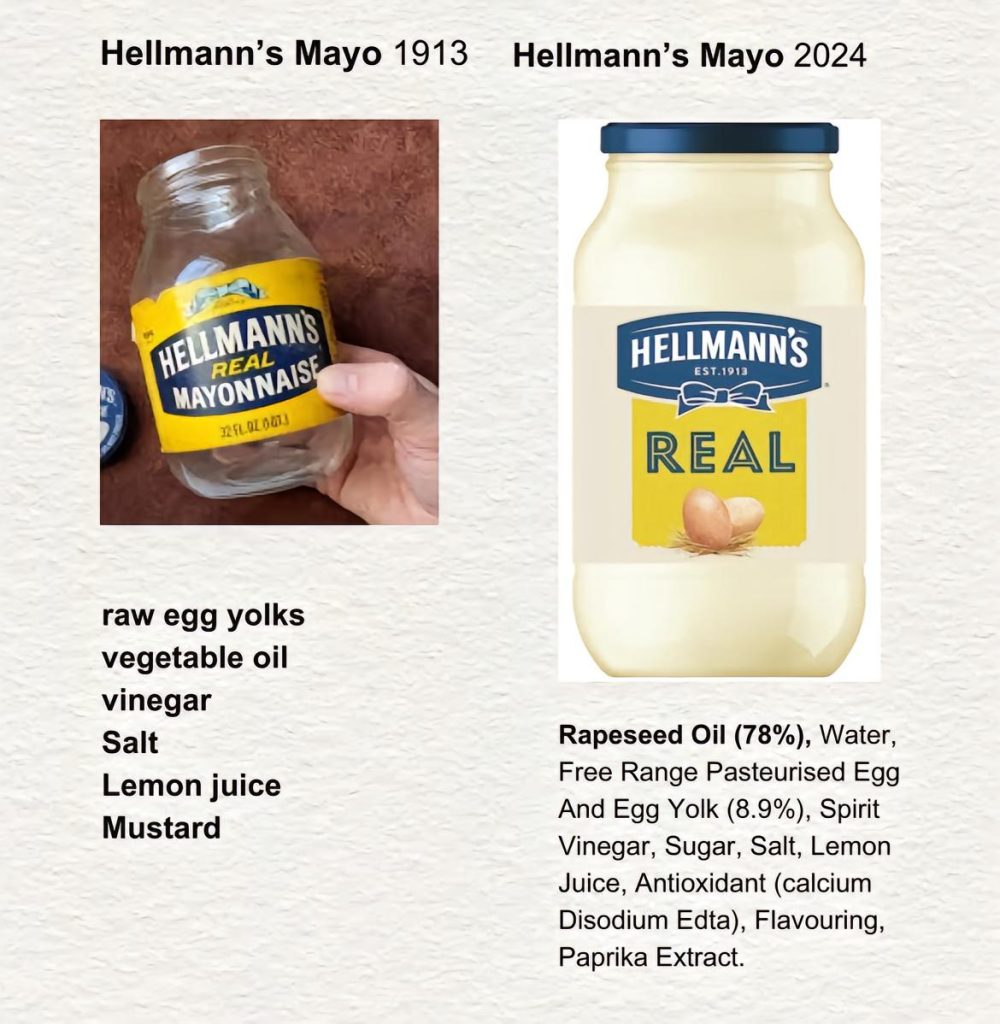
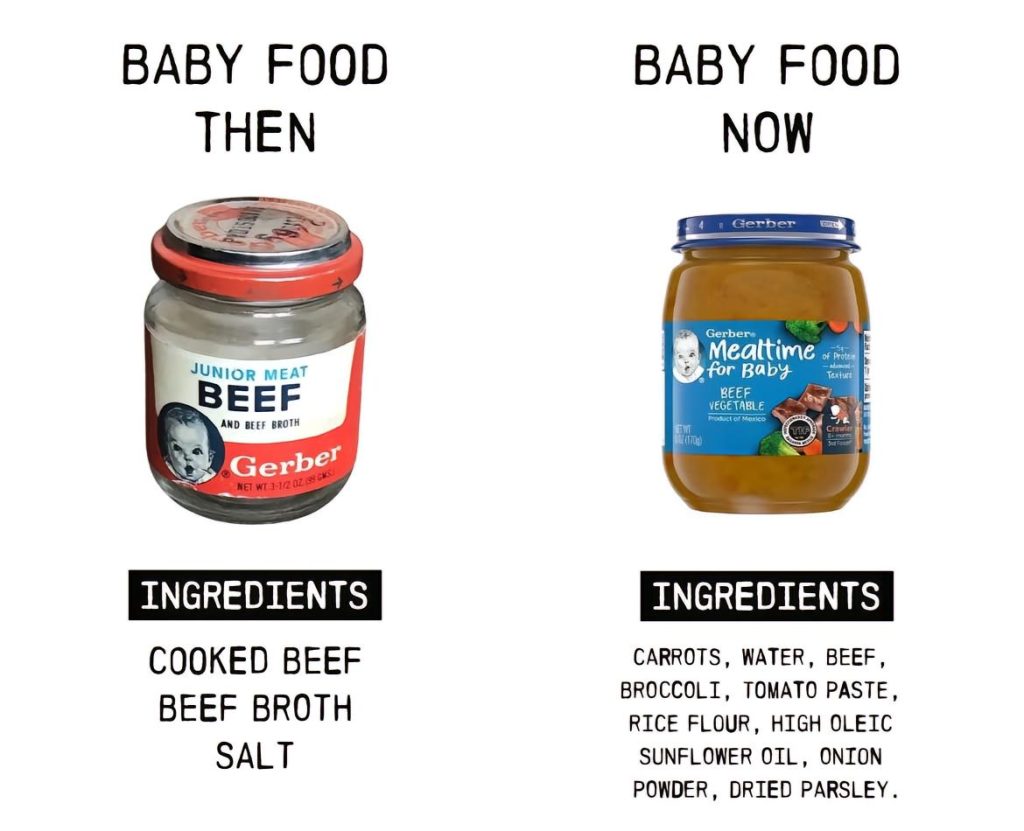
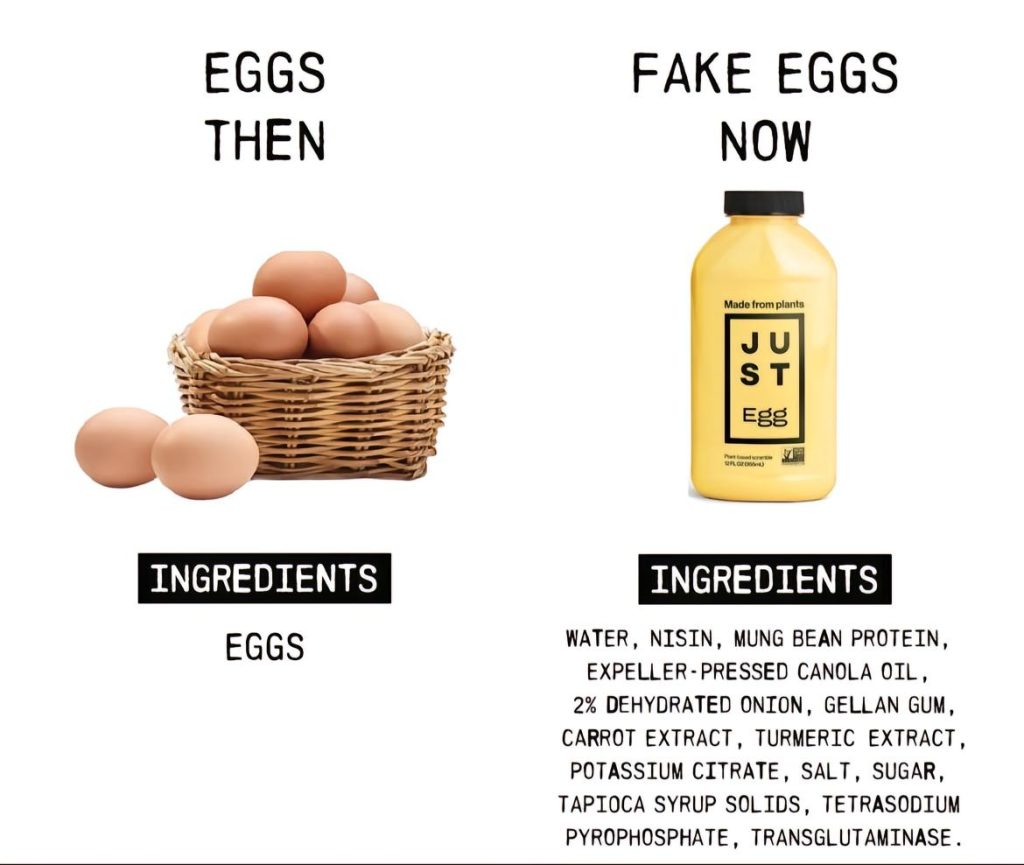
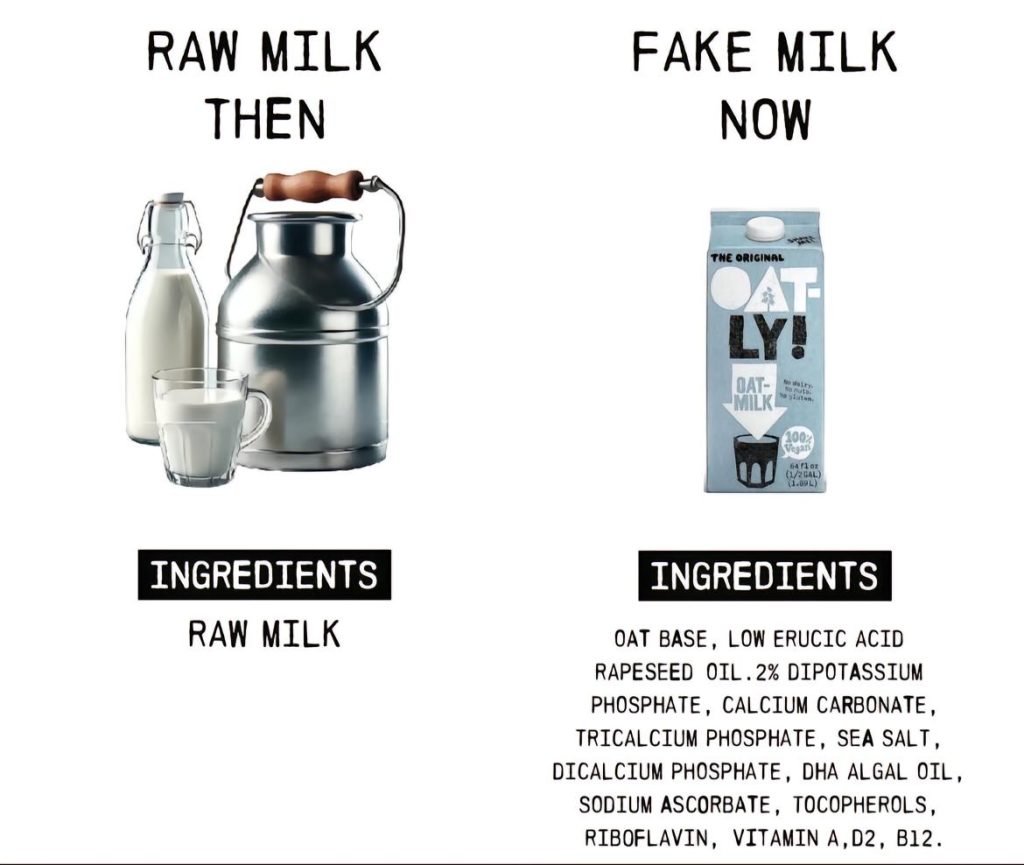
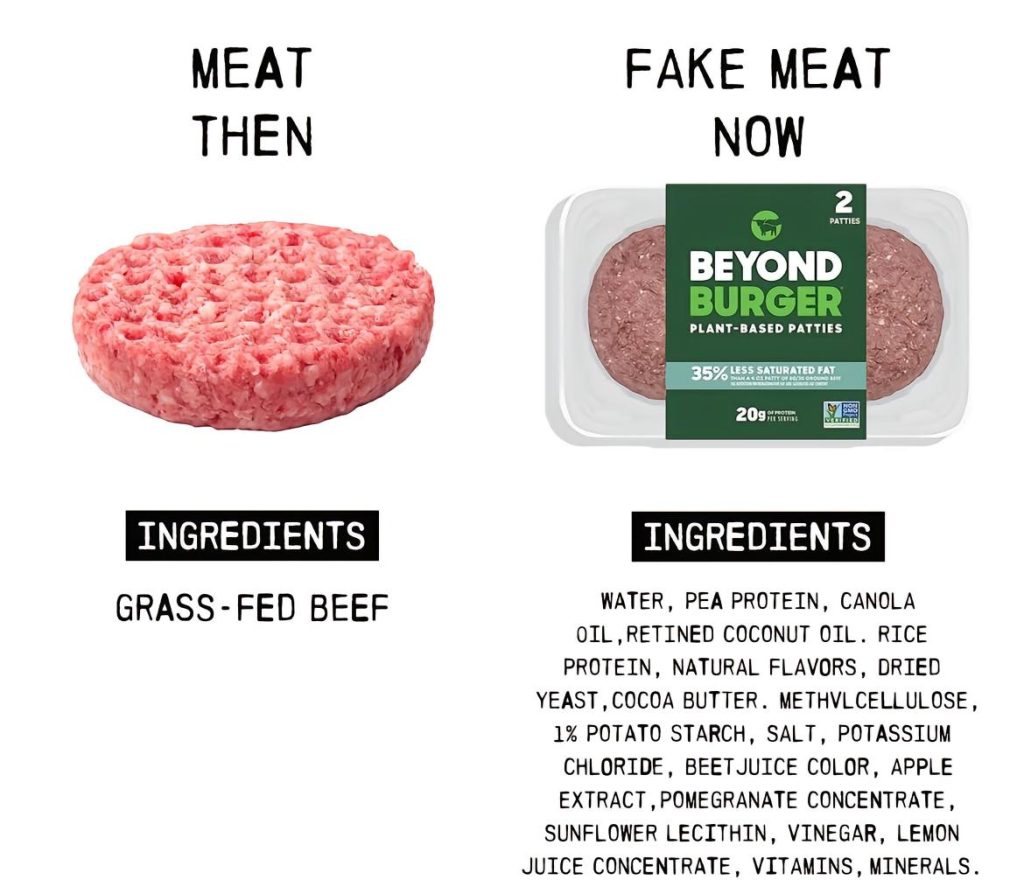
The average American consumes more than 3,600 calories daily – a 24% increase from 1961, when the average was just 2,880 calories.
Americans haven’t increased their consumption of all food and drink evenly, however — our alcohol intake peaked in the 1980s, but our growing consumption of vegetable oils alone accounts for more than half of the calorie spike.





Recent Comments